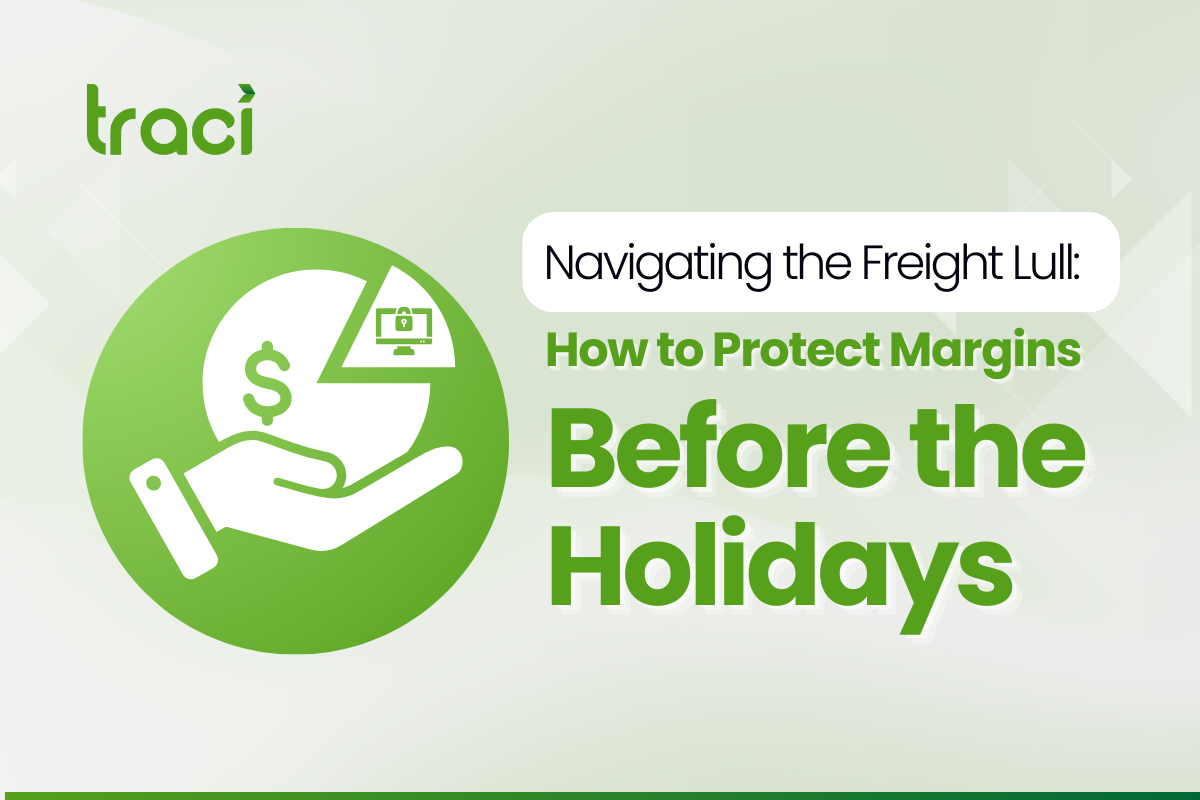Business Sep 24, 2025 7 min read
Navigating the Freight Lull: How to Protect Margins Before the Holidays

The logistics industry operates on predictable seasonal cycles, but few periods test operational efficiency like the freight lull preceding the holiday rush. During these quieter months, transportation demand drops significantly, leaving many logistics companies struggling with underutilized assets and mounting fixed costs. The freight lull presents a critical opportunity to reassess operational strategies, optimize cost structures, and position your company for the inevitable holiday surge. This guide explores proven strategies to protect your margins during freight lulls and demonstrates how modern logistics solutions can transform seasonal challenges into competitive advantages.